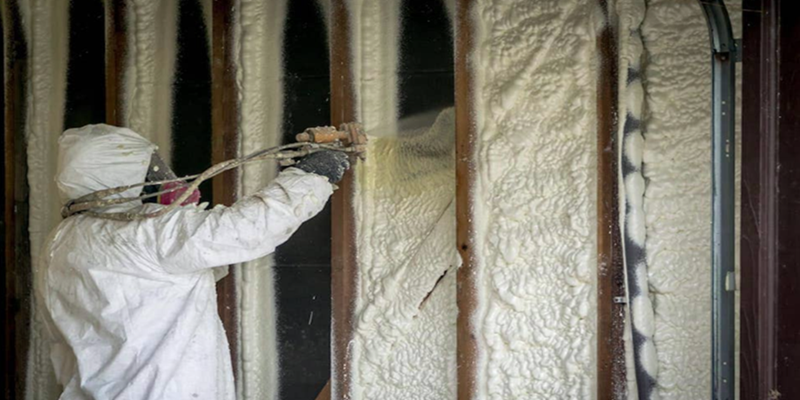As a supplier of polyurethane catalysts, including MXC-A33, MXC-T9, and MXC-A1, which are used in polyurethane foam, it is important to understand the diverse application fields of open-cell foam. Open-cell polyurethane foam is a versatile material with numerous applications due to its unique structure, characterized by small, interconnected cells that are not fully sealed. This structure allows air and moisture to pass through, giving the foam a softer and more flexible nature compared to closed-cell foam.
Key Applications of Open-Cell Foam
1. Furniture and Bedding Industry:
Open-cell foam is widely used in the furniture and bedding industry, where comfort and support are paramount. The foam’s ability to compress and then return to its original shape makes it ideal for products such as sofa cushions, mattresses, and headboards. In these applications, open-cell foam provides a balance of softness and durability, enhancing the comfort of the furniture. It is also commonly used in camper foam and upholstery, where its lightweight and cushioning properties are particularly valued.
2. Acoustic Insulation:
Due to its open structure, open-cell foam is an excellent material for sound absorption and insulation. It is used in applications that require noise reduction, such as in recording studios, home theaters, and office partitions. The foam’s ability to absorb sound waves helps reduce noise levels, creating quieter environments.
3. Packaging Solutions:
Open-cell foam is also employed in packaging solutions, particularly for delicate or fragile items that need protection during transportation. The foam’s cushioning properties help absorb impact, preventing damage to the items inside the packaging. This makes it a preferred material in the packaging industry for products that require gentle handling.
4. Automotive and Marine Industries:
In the automotive and marine industries, open-cell foam is used for padding, insulation, and soundproofing. Its flexibility and moisture-absorbing capabilities make it suitable for a variety of applications, such as seat cushions, headliners, and interior panels. The foam helps enhance the comfort and safety of vehicles and boats by providing effective insulation and reducing noise.
Conclusion
The applications of open-cell polyurethane foam are vast, spanning various industries that require comfort, sound absorption, and impact protection. The catalysts MXC-A33, MXC-T9, and MXC-A1 play a crucial role in the production of high-quality open-cell foam, ensuring that the material meets the specific needs of each application. As industries continue to innovate, the demand for versatile materials like open-cell foam is expected to grow, further expanding its application fields.
Post time: Aug-19-2024

